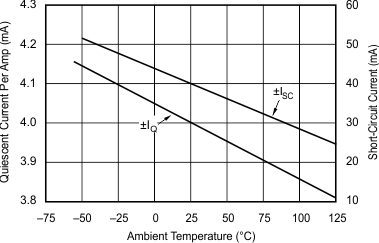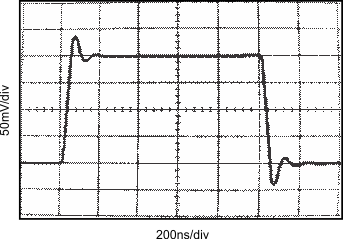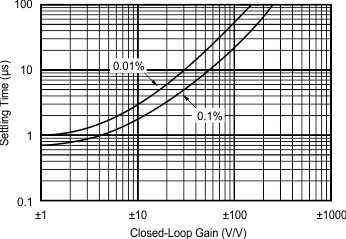SBOS058B December 1997 – November 2024 OPA134 , OPA2134 , OPA4134
PRODUCTION DATA
- 1
- 1 Features
- 2 Applications
- 3 Description
- 4 Pin Configuration and Functions
- 5 Specifications
- 6 Detailed Description
- 7 Application and Implementation
- 8 Device and Documentation Support
- 9 Revision History
- 10Mechanical, Packaging, and Orderable Information
5.8 Typical Characteristics
at TA = 25°C, VS = ±15V, RL = 2kΩ connected to midsupply, and VCM = VOUT = midsupply (unless otherwise noted)











| G = 1, CL = 100pF | ||

| G = +1 | ||










| G = 1, CL = 100pF | ||


| G = –1 | ||